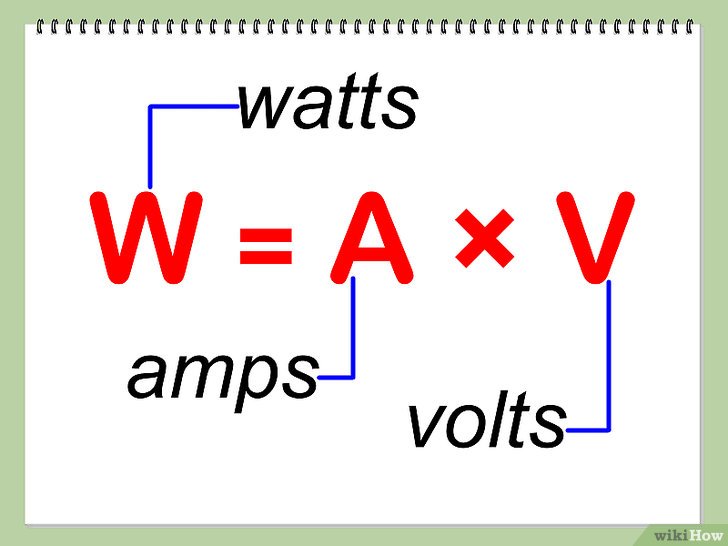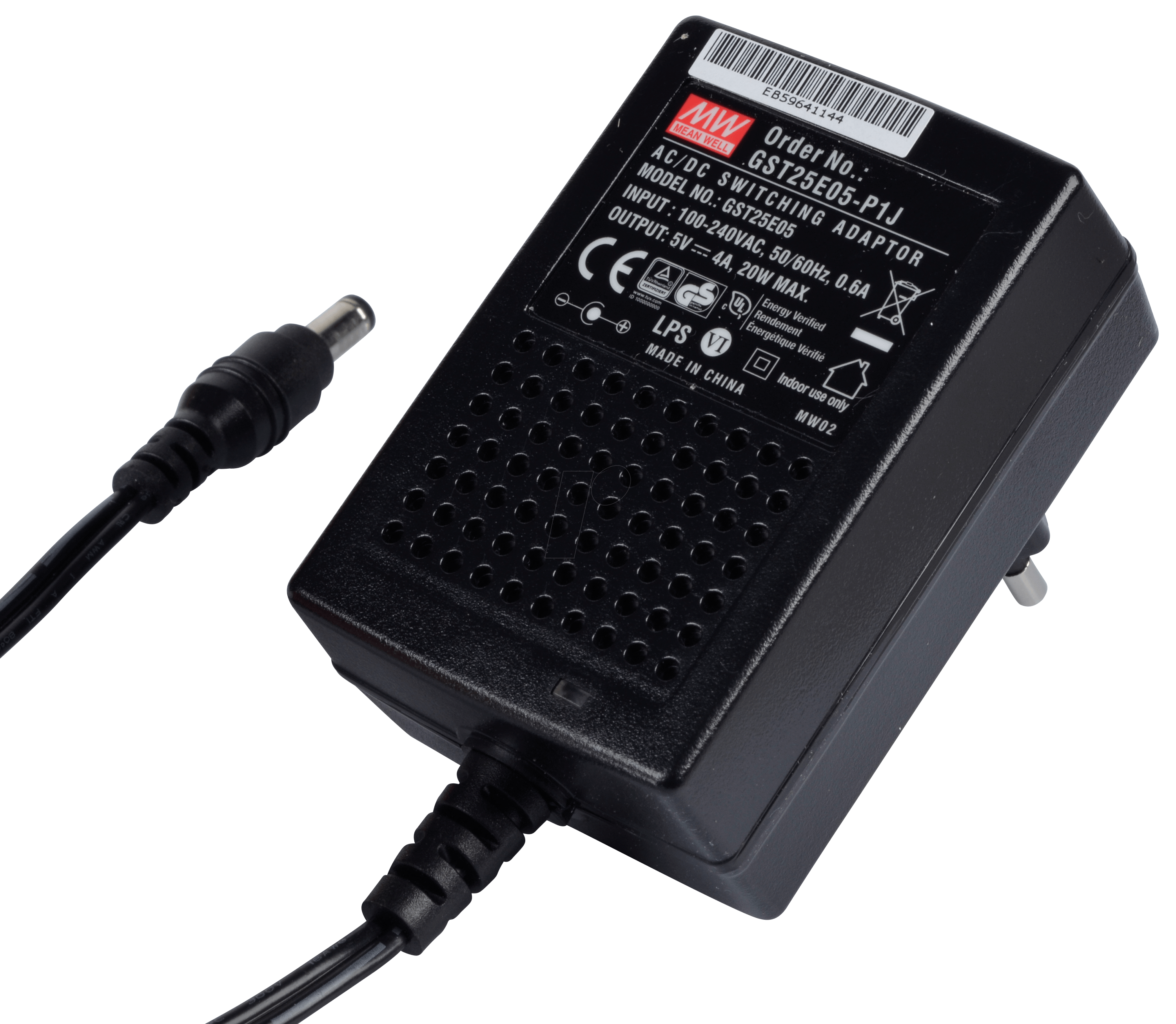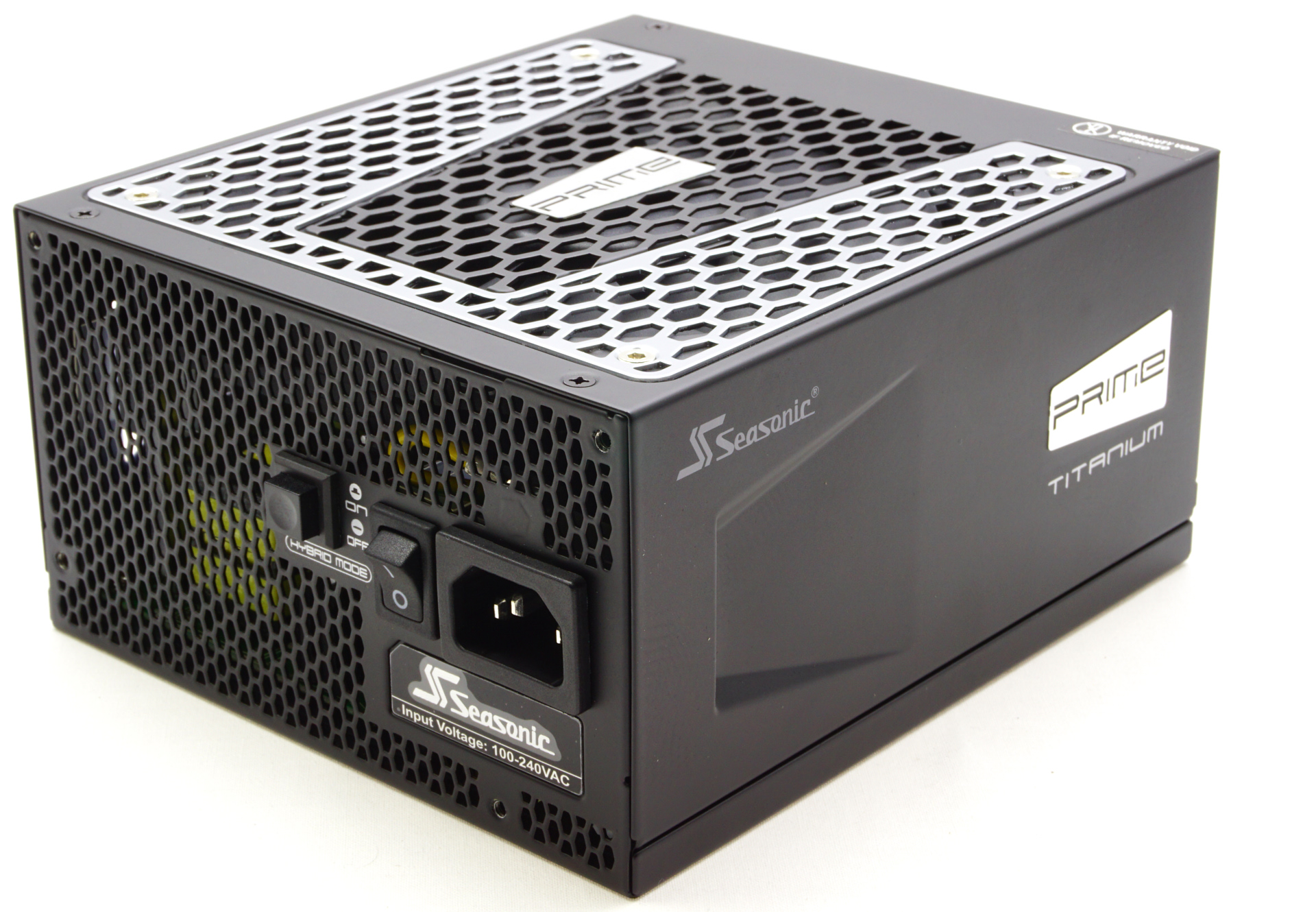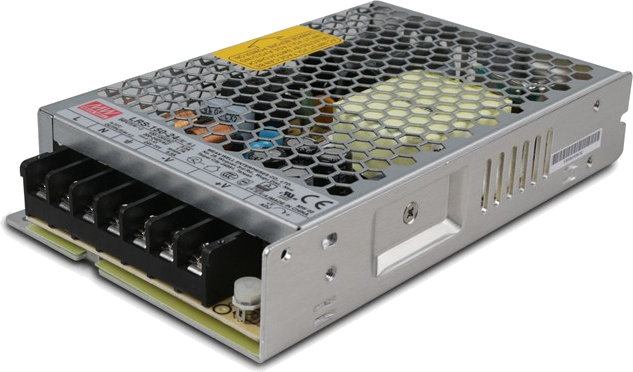Power Supply Considerations
If you want your LEDs to light up, you’re going to need a power supply! These come in lots of shapes and sizes and you need to figure out what you are going to need for your project. Although overkill (in wattage/amperage) mostly isn’t a problem, an power supply that has been sized too small can lead to undesirable situations.
Let’s go through a few things we need to figure out before purchasing a power supply.
![]()
Voltage needed
Depending on what kind of LED you are working with, you are going to need a certain voltage.
- Analog LEDs (such as warm white strips) often use 12v or 24v
- Digital LEDs (such as pixel addressable RGB strips) often use 5v and sometimes 12v
- COB LEDs (downlights or other LED modules) use a variety of voltage which can range between 12v and 60v
![]()
Amperage (wattage) needed
Next to getting the correct voltage power supply, you need to figure out how much wattage your project is going to use. For any power supply, try not to exceed a sustained/continuous usage of over 80% of the power supplies rated current. That will make sure everything stays nice within tolerances and doesn’t overheat or do something worse.
I’ve written a different post about how to calculate what kind of wiring you need for a giving amount of Amps, next to reading this article also make sure to check that out to figure out how much power your project is going to use.
Analog LED strip
Say you bought a 60 LEDs/m analog RGB strip and it uses 12w per meter. This means that the total strip will consume a maximum power of 12w * 5m = 60w or 5 Amps. If you are hooking up one of these strips, taking some reserve/overhead into account I’d recommend getting a 12v 6A (72w) or 7A (84w) power supply. The same for a 24v strip means you can get by using thinner cables and only needs half the Ampere, so 3A to 4.5A , as you can see, just adding a little bit on top makes sure you get a power supply that can handle the load you are going to run.
(I always advise getting a 24v analog LED strip if you can, read about why here!)
Digitally Addressable LED strip
Addressable LED strip most often are 5v. Let’s say you have a 30 LEDs/m addressable RGB strip, this strip is 5m (16ft) long. It depends very much on the type of LED used but for instance a strip with ws2812b or sk6812 LEDs will use a theoretical max of 3*20mA per so 60mA LED. But although this number is mentioned a lot on the internet, sadly, after testing loads and loads of LED strips, it seems not to be correct (anymore). Because of this I have created my real-world Digitally Addressable LED measurement sheet. With this sheet you can see/calculate what you should except in regards to power usage. This sheet is generally for a measurement for 300LEDs, if you have more or less, you can easily calculate up or down!
For Digital LEDs we generally speak of max usage (Full RGB White) and nominal usage (50% of RGB white) which is generally enough to run colors and effects, basically anything except full white. When designing your LED setup you can can take either one as your goal to design towards. Generally speaking I am in the calculate for nominal with some margin camp. As a base rule I’d say look at 50% RGB White for the amount and type of LEDs you are going to run (except for ws2815, then take full RGB White value!) and add 20% to that and calculate your cables and power supply requirements on that.
COB LEDs and others
Basically the calculations are the same as shown above. Figure out how much a module or light uses, multiply that by how many you are going to use. Then add up 20% above the maximum that figure and buy at power supply at that rating or higher.

![]()
Power supply styles and shopping links
Generally a power supply for LEDs will come in one of three forms:
- Wall Adapter
- Power Brick
- Frame style
(Make sure to read my article about a Chinese or Mean Well power supplies)
Wall Adapter
These are mostly suited for loads up to 20 to 24 watts watts, depending on the LEDs/m and strip this can mostly power a 1 to 2 meter strip.
5v
![]() Mean Well 5v 4A (20w) (EU) (US)
Mean Well 5v 4A (20w) (EU) (US)
![]() Simple 5v 4A (20w)
Simple 5v 4A (20w)
![]() 12v
12v
![]() Mean Well 12v 2A (24w) (EU) (US)
Mean Well 12v 2A (24w) (EU) (US)
![]() Simple 12v 2A (24w)
Simple 12v 2A (24w)
![]() Simple 12v 5A (good brand) (60w)
Simple 12v 5A (good brand) (60w)
![]() 24v
24v
![]() Mean Well 24v 1A (24w) (EU) (US)
Mean Well 24v 1A (24w) (EU) (US)
![]() Simple 24v 1A (24w)
Simple 24v 1A (24w)
![]()

![]()
Power Brick
You see power bricks most often with laptops as a power supply. They can deliver substantially more power then a wall adapter but are also a bit bulkier. Power bricks can be found mostly up to 120w but can go as high as 150w or even 200w of output! For the super high wattage versions sometimes the brick may have a little fan inside of it to cool it. I like using this type of power supply in situations where it might be easily reached or like a bedroom or something like that. Because it’s fully encased there is no problem touching it.
5v
![]() Mean Well 5v 6A power brick (30w)
Mean Well 5v 6A power brick (30w)
![]() Simple 5v 10A power brick (50w)
Simple 5v 10A power brick (50w)
![]() Simple 5v 15A power brick (75w) (Has a fan inside)
Simple 5v 15A power brick (75w) (Has a fan inside)
![]() 12v
12v
![]() Mean Well 12v 6,67A power brick (80w)
Mean Well 12v 6,67A power brick (80w)
![]() Simple 12v 6A power brick (72w)
Simple 12v 6A power brick (72w)
![]() Simple 12v 12A power brick (120w)
Simple 12v 12A power brick (120w)
![]() 24v
24v
![]() Mean Well 3,75A 24v power brick (90w)
Mean Well 3,75A 24v power brick (90w)
![]() Simple 24v 4A power brick (96w)
Simple 24v 4A power brick (96w)
![]() Simple 24v 5A power brick (120w)
Simple 24v 5A power brick (120w)
![]()

Frame style
A frame power supply is a power supply almost in its rawest form. They are the cheapest and deliver the highest wattage but are less suited for public areas because of the open nature. If you need anything above 100w though, do consider them because they can handle heat a lot better than the above brick style power supply and thus have the highest life span.
5v
![]() Mean Well LRS-200 series 40A (200w)
Mean Well LRS-200 series 40A (200w)
![]() Mean Well HSP-200 series 40A (200w) (Active PFC)
Mean Well HSP-200 series 40A (200w) (Active PFC)
![]() Mean Well LRS-350 series 70A (350w) (Has a fan)
Mean Well LRS-350 series 70A (350w) (Has a fan)
![]() Ultra-Slim Power Supply (200w/300w) (230v only)
Ultra-Slim Power Supply (200w/300w) (230v only)
![]() Simple power supply (cheap, do not load above 75% continuously)
Simple power supply (cheap, do not load above 75% continuously)
![]() 12v
12v
![]() Mean Well LRS-150 series 12,5A (150w)
Mean Well LRS-150 series 12,5A (150w)
![]() Mean Well LRS-200 series 17A (200w)
Mean Well LRS-200 series 17A (200w)
![]() Mean Well LRS-350 series 30A (350w) (Has a fan)
Mean Well LRS-350 series 30A (350w) (Has a fan)
![]() Sanpu NL-150 series 12,5A (150w)
Sanpu NL-150 series 12,5A (150w)
![]() Sanpu NL-300 series 24A (300w) (230v only)
Sanpu NL-300 series 24A (300w) (230v only)
![]() Ultra-Slim Power Supply (200w/300w) (230v only)
Ultra-Slim Power Supply (200w/300w) (230v only)
![]() Simple power supply (cheap, do not load above 75% continuously)
Simple power supply (cheap, do not load above 75% continuously)
![]() 24v
24v
![]() Mean Well LRS-150 series 6,25A (150w)
Mean Well LRS-150 series 6,25A (150w)
![]() Mean Well LRS-200 series 8,8A (200w)
Mean Well LRS-200 series 8,8A (200w)
![]() Mean Well LRS-350 series 15A (350w) (Has a fan)
Mean Well LRS-350 series 15A (350w) (Has a fan)
![]() Sanpu NL-150 series 6A (150w)
Sanpu NL-150 series 6A (150w)
![]() Sanpu NL-300 series 12A (300w) (230v only)
Sanpu NL-300 series 12A (300w) (230v only)
![]() Ultra-Slim Power Supply (200w/300w) (230v only)
Ultra-Slim Power Supply (200w/300w) (230v only)
![]() Simple power supply (cheap, do not load above 75% continuously)
Simple power supply (cheap, do not load above 75% continuously)
![]() 36v
36v
![]() Mean Well LRS-150 series 4,16A (150w)
Mean Well LRS-150 series 4,16A (150w)
![]() Mean Well LRS-200 series 5,9A (200w)
Mean Well LRS-200 series 5,9A (200w)
![]() Mean Well LRS-350 series 10A (350w) (Has a fan)
Mean Well LRS-350 series 10A (350w) (Has a fan)
![]()
![]()
Extra: Waterproof
Sometimes you need to use a full sealed waterproof power supply
TBD
Bonus: Computer PSU
Depending on the voltage and Amperage needed it can sometimes be interesting to use a computer power supply! Depending on the type they are most often good for delivering 12v and sometimes also 5v! Often these can be cheap and low noise for the power output because they are designed to work with big quiet fans. Again, try not to exceed more than 80% of the rated power for continuous loads!
When using any Power Supply with a high wattage, make sure to implement fuses in your setup.

![]()
China power or fire?
A lot of debate has surrounded Chinese power supplies as long as I can remember. A power supply produced in China isn’t inherently bad there is just a lot of parties who sell cheap and re-used internals with sloppy soldering and sometimes even with dangerous circuitry inside, those are the types to watch out for.
Most often these are inside of the wall adapter or power brick style power supplies, they have a harder time hiding what they cheated with in the frame type power supplies! This is why I prefer to using the frame type power supplies when anything gets above 75w or so. Frame type power supplies are also much better is dissipating heat which is why they are cheaper and deliver a lot more power.
In the above shopping piece I tried to focus on three brands.
- Mean Well is a respected power supply producer and if you want (good) certainty the power supply isn’t going to burn your house down and uses over voltage, temperature and other protection, get a Mean Well and pay the premium for that, they are excellent power supplies!
- A little step down we have the Sanpu power supplies. These also come with all the protections listed above but is a Chinese brand. Still a Chinese brand that puts their name on their products often guarantees a better quality product then a no name version. Watch out with these because some do not work at 110v and also they give sustained load ratings below what the power supply is rated for! Still, nothing I don’t already recommend with not exceeding 80% continuous load.
- Simple power supplies are what I deem acceptable, often I go by comments other users have left. Much cheaper then the two brand options but I’m not sure I would use them 24Hr in an unsupervised situation.
Myself I use a mix of the above options. I do have “simple” versions which I use for testing and some smaller installations (using a 120w power supply with 50w of load isn’t going to give it a lot of stress) or where I have manual on/off switches.
My main lighting is all done using Mean Well power supplies, these are spread around my house in several unsupervised locations and I haven’t had a single issue with them. If you want to be sure, pay the premium for them.
During my QuinLED-OG time I did a collaboration with Mux and he also made a video about some Chinese power supplies I sent to him. Check out this blog post which has all the details.

Picture from “The Carter Hour” YouTube channel
![]()
Power supply noise?
Over the years I have started noticing that some power supplies can produce noise when used as a power source for a PWM dimmer. Funnily enough, especially the Mean Well power supplies have this issue. Listen in this part of my video here what that sounds like:
As far as I have been able to piece together is that because the Mean Well power supplies probably use high quality ceramic capacitors, when using PWM these can start to vibrate ever so slightly effectively becoming a Pieze speaker!
I have tried solutions for this in past such as adding decoupling capacitors and such but nothing has really helped. This is another reason why the new QuinLED boards use a PWM frequency well above what a human can hear, hoping this will also reduce or remove this noise all together. More tests to be done in this regard, but for now it looks promising! With that said though if possible try to mount these separated from living spaces.

